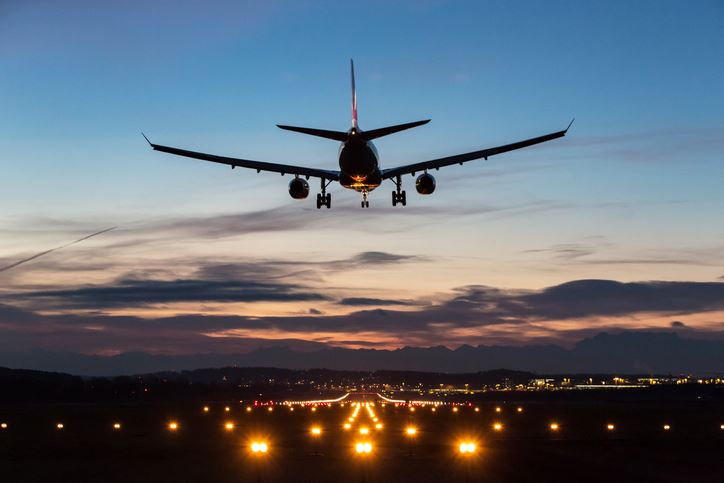Lighting plays a crucial role in aviation safety, guiding pilots during takeoff, flight, and landing. However, the consequences can be dire when lighting systems fail or are improperly used. Runway misidentification, for instance, occurs when pilots confuse one runway with another, often due to poor lighting cues, leading to near-misses or even collisions. In-flight disorientation, another grave concern, can result when inconsistent or inadequate lighting affects a pilot's perception of direction and altitude, especially during night flights or in conditions with limited visibility. These accidents underscore the importance of reliable lighting for the safe operation of aircraft.
Contributing Factors in Lighting-Induced Accidents
Several factors contribute to lighting-induced aviation accidents, and understanding these can help mitigate risks. Glare from excessive lighting can temporarily blind pilots during critical phases of flight, while insufficient lighting intensity may fail to provide the necessary visual cues for safe navigation. The strategic placement of lights is also paramount; if lights are positioned in a way that confuses or misleads pilots, the likelihood of an accident increases.
Design Flaws in Aircraft Lighting
The intricacies of aircraft lighting design are pivotal in ensuring pilot visibility and orientation. However, design flaws can inadvertently set the stage for accidents. For instance, cockpit lighting that causes reflections on the windshield can distract pilots or obscure their view of critical instruments or external cues. Similarly, external lights that are not bright enough to penetrate fog or heavy rain can leave pilots struggling to navigate. By scrutinizing these design limitations, the industry can work towards enhancing the safety features of aircraft lighting systems, thereby reducing the potential for pilot error and subsequent accidents.
Runway and Taxiway Lighting Systems
The configuration of runway and taxiway lighting is a critical component in preventing aviation accidents. Well-designed systems use a combination of color coding, intensity, and flashing patterns to convey clear information to pilots about runway thresholds, taxi routes, and potential hazards.
Conversely, poorly configured or malfunctioning lighting can lead to runway incursions, where an unauthorized aircraft mistakenly enters a runway, or other dangerous situations. Airports must maintain the highest lighting systems standards to ensure the aircraft's safe movement on the ground.
Regulatory Standards and Best Practices
Aviation lighting is governed by a complex framework of international regulations designed to standardize safety practices across the globe. These regulations, set forth by bodies such as the International Civil Aviation Organization (ICAO), specify the minimum requirements for lighting systems at airports and on aircraft. They cover aspects like the brightness, color, and placement of lights to ensure that they are visible and unambiguous to pilots. Adherence to these regulations is crucial for minimizing the risk of accidents and ensuring that safety in aviation is not left to chance.
Innovations in Lighting Safety for Aviation
The future of aviation lighting is bright, with emerging technologies paving the way for even safer skies. Innovations such as intelligent lighting systems that communicate with aircraft to provide real-time guidance, and predictive analytics that anticipate and adjust to environmental changes, are on the horizon. These advancements hold the promise of further reducing the risks associated with poor lighting and enhancing the overall safety of aviation. As these technologies develop, they will undoubtedly become integral components of a new era in aviation safety.
Contact Our Experts at Briggle & Polan, PLLC
At Briggle & Polan, PLLC, we understand the complexities of aviation law and are dedicated to advocating for the safety and rights of our clients. Our team of experienced personal injury attorneys is here to guide you through the legal process and fight for the compensation you deserve.
Contact us today to learn more about how we can assist you in navigating the aftermath of an aviation accident. (512) 400-3278



